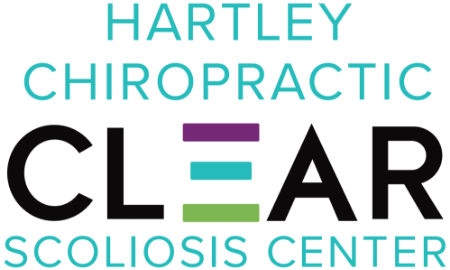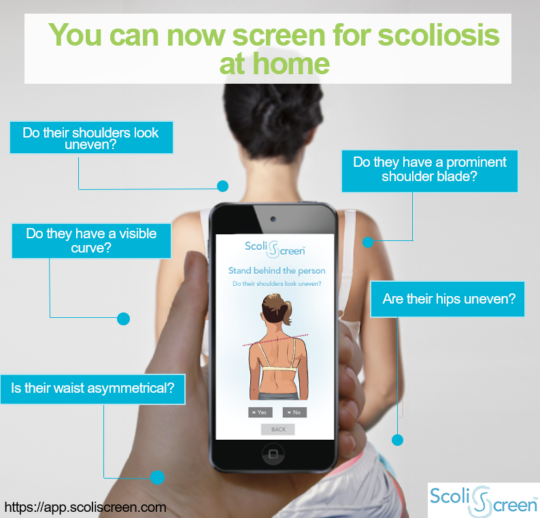We know scoliosis usually increases during adolescents. This study confirms adolescent being the most common time for scoliosis growth and presents the concept of using this growth to the benefit of the patient if they are wearing a 3D overcorrective scoliosis brace like ScoliBrace. This specific high risk tiimeframe and corrective growth in brace window can be a motivating factor for patients. In our office we commonly discuss these factors with our patients. ( Comments by Dr. J Hartley)
Exert from ISICO Newsletter.
IS-GROWTH: a new ally to predict and communicate scoliosis progression
How can we explain to an adolescent and their family that even a worsening outcome in the rehabilitative treatment of scoliosis can be a good result?
The new IS-GROWTH model (analysed in the study “The Idiopathic Scoliosis Graphical Representation Of Worsening Trend of natural History”) was born to answer this challenge, improving communication and long-term treatment management.
When it comes to idiopathic scoliosis, communication is an integral part of treatment. For a rehabilitative pathway to succeed, it requires sharing, motivation, and awareness.
It is precisely to support all this that ISICO has developed IS-GROWTH: a visual and predictive tool that graphically represents the natural progression of scoliosis during growth.
“In idiopathic scoliosis, often the best result is not improvement but simply not worsening. This concept is difficult to convey without a tool that clearly shows what the natural curve evolution would be without treatment,” explains Professor Stefano Negrini, author of the study.
The model was built using over 3,000 X-rays from more than 1,800 participants, from infancy through adolescence, and validated on 552 patients, with 95% accuracy after adjustment for radiographic measurement error.
Its objective? To provide a personalised graphical representation of the expected curve progression, divided by growth phases and updated over time. This allows clinicians to:
- better understand the individual case trend;
- strengthen dialogue with patients;
- motivate them throughout the treatment pathway.
The model has proven particularly useful during follow-ups: 79% of doctors use it to motivate patients, and 84% consider it valuable for monitoring progression and interpreting results achieved.
“IS-GROWTH is not just a predictive model; it is above all, an ally for everyday communication. It helps us make patients participate and to build a more conscious therapeutic path,” – concludes Negrini.

